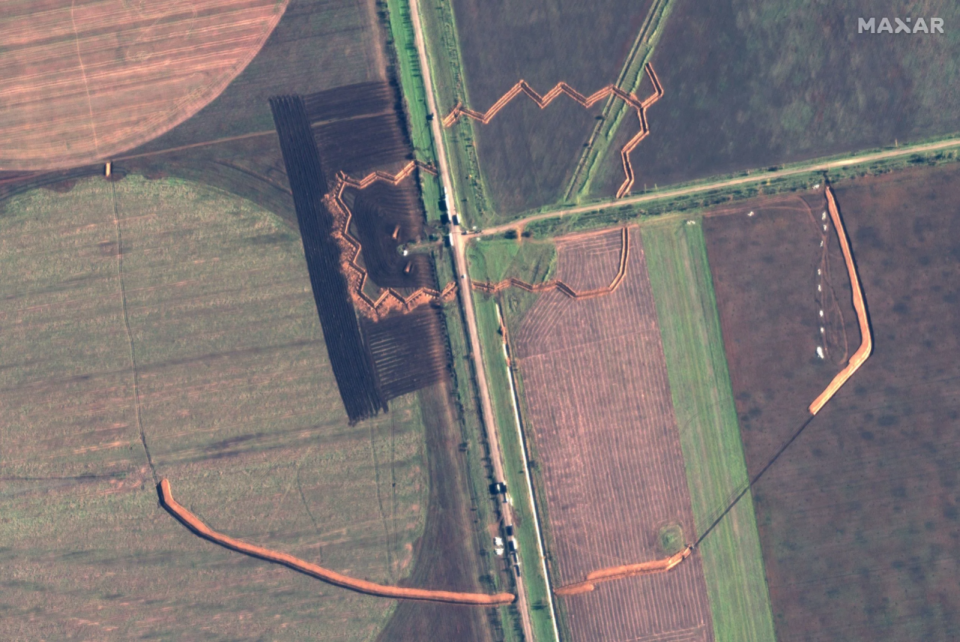Russia threatened by coming Ukrainian offense across the Dnipro River in Kherson Oblast, says ISW

While that doesn’t mean that Ukraine is planning or capable of crossing the Dnipro River, the ISW stated that their assessment of the Russian positions in the region allows them to suggest that Russian commanders "clearly regards a Ukrainian counter-offensive across the Dnipro and/or via the Kinburn Spit as possible and very dangerous."
Considerable efforts were put into fortifying defensive lines by Russian troops, but it contains a lot of vulnerable points that Ukrainian troops can use in their favor, as they have already done.
The Russian military "clearly do not expect to be able to prevent Ukrainian forces from getting across the river, nor are the Russians prioritizing defensive positions to stop such a crossing," ISW experts say.
Rather, Russia's troops are preparing for a long defense of their positions in the east of Kherson Oblast that " could allow the establishment of a solid Ukrainian lodgment on the eastern bank of the Dnipro River."
According to satellite imagery Russian troops are digging trenches and erecting so-called "dragon’s teeth" anti-tank defenses, mostly along the GLOCs that connect the eastern bank of the Dnipro River with Russian southeastern rear areas in Kherson Oblast and even to Melitopol in Zaporizhzhya Oblast. Most of these fortifications play the role of checkpoints as they are oriented perpendicular to the roads, of a short length, and often located far away from each other for fire support.

While these Russian fortifications can be useful in case of an assault along the roads, they won't protect against Ukrainian troops that go off-road as they did before, for example, in Kharkiv Oblast, where Russian fortified positions in Kupyansk and Izyum ended up being surrounded, ISW analysts stated.

Construction of these fortifications may be aimed to slow down, rather than completely prevent, a Ukrainian counter-offensive.
It is likely that Russian commanders sent have conscripted soldiers to the very front line, while more experienced troops are set up on the second and the third defense lines, the ISW noted. This makes a Ukrainian offensive more dangerous and potentially quick, taking into account the lack of training and equipment that these conscripts have.

"Losing even one of these GLOCs would likely strain Russian logistics supporting operations in eastern Kherson Oblast and western Zaporizhzhya Oblast and could allow Ukrainian forces to advance close enough to the remaining highway to interdict it,” the ISW wrote.
In this case Russia will be forced to switch to GLOC from Rostov that goes through Mariupol and Melitopol, and is currently under threat of a Ukrainian counter-offensive from the north – which would also pave the way for the liberation of Melitopol from the west.
Read the original article on The New Voice of Ukraine

